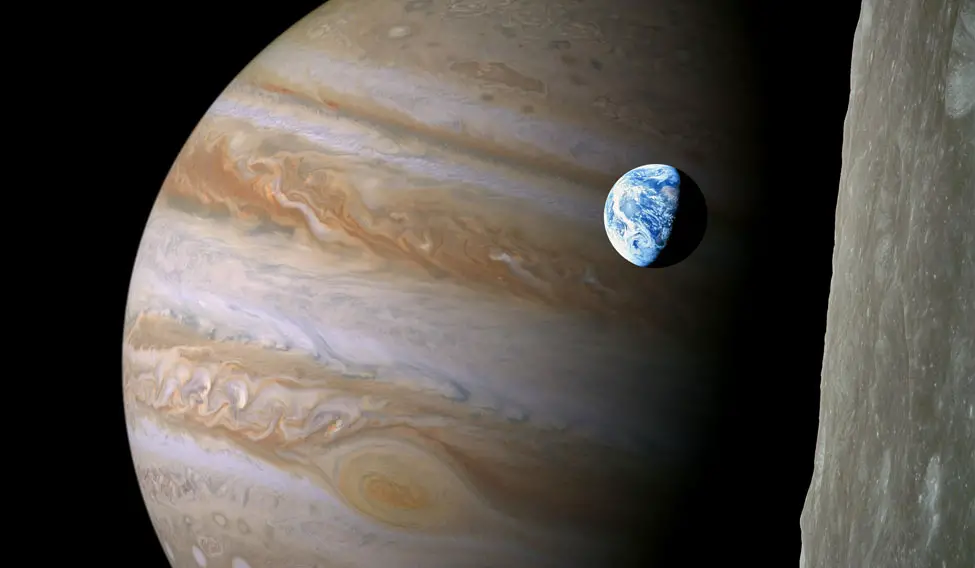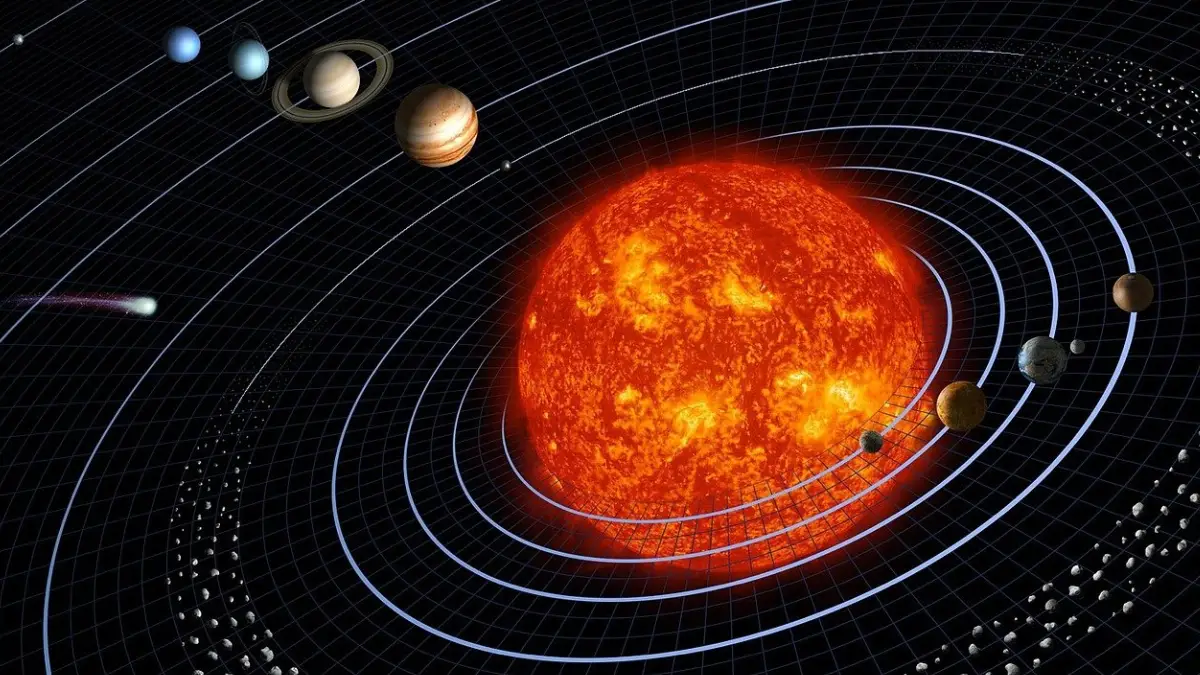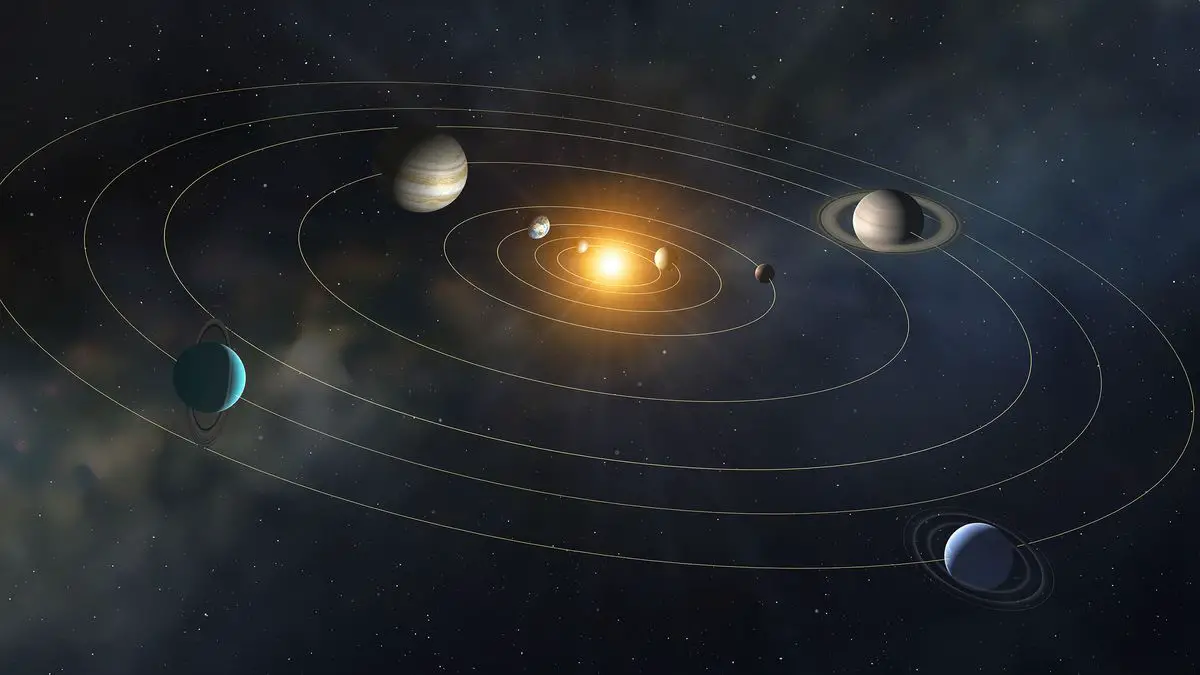Did Scholz’s Star Stir Up the Outer Solar System? Study Reveals Clues from Hyperbolic Objects
TL;DR
Around 70,000 years ago, the Toba supervolcano erupted, potentially triggering a human population bottleneck. During this time, researchers believe Scholz’s star passed within a light-year of the Sun, grazing the Oort cloud. By studying the orbits of 339 hyperbolic objects, scientists found that over 10 percent came from the direction of Gemini, supporting the theory that Scholz’s star influenced their paths. Additionally, eight objects, including ‘Oumuamua, appear to be interstellar in origin. These findings could help identify more extrasolar visitors without waiting for them to pass near the Sun.
_____________________
Around 70,000 years ago, the Toba supervolcano erupted, ejecting approximately 670 cubic miles (2,800 cubic kilometers) of vaporized rock and debris into the atmosphere. This event is believed to have caused a significant crisis for humanity, leading to a population bottleneck that reduced our numbers to as few as 1,000 reproductive adults. According to a 2015 study, during this crucial period in human history, a small reddish star likely passed within a light-year of the Sun, grazing the outer edge of the Oort cloud (a vast shell of over a trillion icy bodies that surrounds the outer solar system).
In the study, published on February 6 in the Monthly Notices of the Royal Astronomical Society: Letters, researchers examined the orbital paths of 339 known minor objects (such as asteroids and comets) with hyperbolic orbits that will eventually take them out of the solar system. By conducting full N-body simulations in reverse for 100,000 years, the researchers were able to accurately determine the point in the sky from which each object appears to have originated. To their surprise, the team discovered that over 10 percent of the objects (36) came from the direction of the constellation Gemini. This area of the sky coincides with where astronomers would expect objects to originate if they had been influenced by Scholz’s star during its close approach 70,000 years ago.
“Using numerical simulations, we have calculated the radiants, or positions in the sky, from which all these hyperbolic objects seem to come,” said lead author Carlos de la Fuente Marcos, an astronomer at the Complutense University of Madrid, in a statement.
“In principle, one would expect those positions to be evenly distributed in the sky, particularly if these objects come from the Oort Cloud; however, what we find is very different: a statistically significant accumulation of radiants,” he said. “The pronounced over-density appears projected in the direction of the constellation of Gemini, which fits the close encounter with Scholz’s star.”
Beyond identifying signs that Scholz’s star had a past interaction with the Oort cloud, the researchers also found that eight of the objects they studied (including the recent interstellar visitor ‘Oumuamua) are moving at such high speeds that they likely originated from outside the solar system. Moreover, these eight objects have radiants that are distinctly separated from the others, indicating their orbital paths are unique and unconnected. Among these, C/2012 SI (ISON) and C/2008 J4 (McNaught) have extreme velocities of about 9,000 miles (14,500 km) per hour, strongly suggesting they are interstellar objects passing through our solar system.

Carlos de la Fuente Marcos, et al.
Although further research is needed to validate the study’s findings, the results indicate that astronomers might not need to wait for an interstellar object to randomly pass close to the Sun, as ‘Oumuamua did. Instead, statistical studies like this could help astronomers proactively identify likely extrasolar visitors for future observations.
A free pre-print version of the study is available online at arXiv.org.





How bright would the star have appeared in the night sky? Is the illustration in the article accurate in that respect?
Dozens sounds really really small. If it only affected dozens of say, Oort belt objects, none would’ve likely hit a planet.
For reference a light-year is about 9.5 trillion kilometres or 5.9 trillion miles. So not as close as it sounds.
What is the difference between a nomadic star and a non-nomadic star? Any star, at one point in its life, could end up near another star, so maybe almost all stars are nomads.
Nomads are generally traveling at some angle and speed that isn’t the same as the general trend of stars around them. We are travelling in a limb of the galaxy along with neighbor stars. Maybe we should call them salmon stars.
There’s “nomadic stars” now? So a giant ball of fire a 100 times the size of our planet can just… swing by randomly?
All stars are nomadic, including our sun. We get fairly close (that is, within a few lightyears) of other stars every 100 000 years or so. So yeah, stars can sometimes get near one another. But on a human scale this is pretty irrelevant. The timespan and the sheer distance is too great for it to be a problem for us. The next encounter is tens of thousands of years in the future, and even if it did send a shower of astroids and comets our way, those bodies would need hundreds of thousand of years to reach the inner solar system.
So you can rest easy at night. At least as far as astronomy goes.
Is this measuring ALL constellations? If it is the 12 constellations on the ecliptic “Zodiac” I don’t think 10% from Gemini is a large % – my maths is not Einsteinian but out of 12 you’d expect about the 8% or so per constellation, that would be a purely random amount. Totally different if it is ALL constellations (about 50 that I have heard of, of greatly differing sizes).